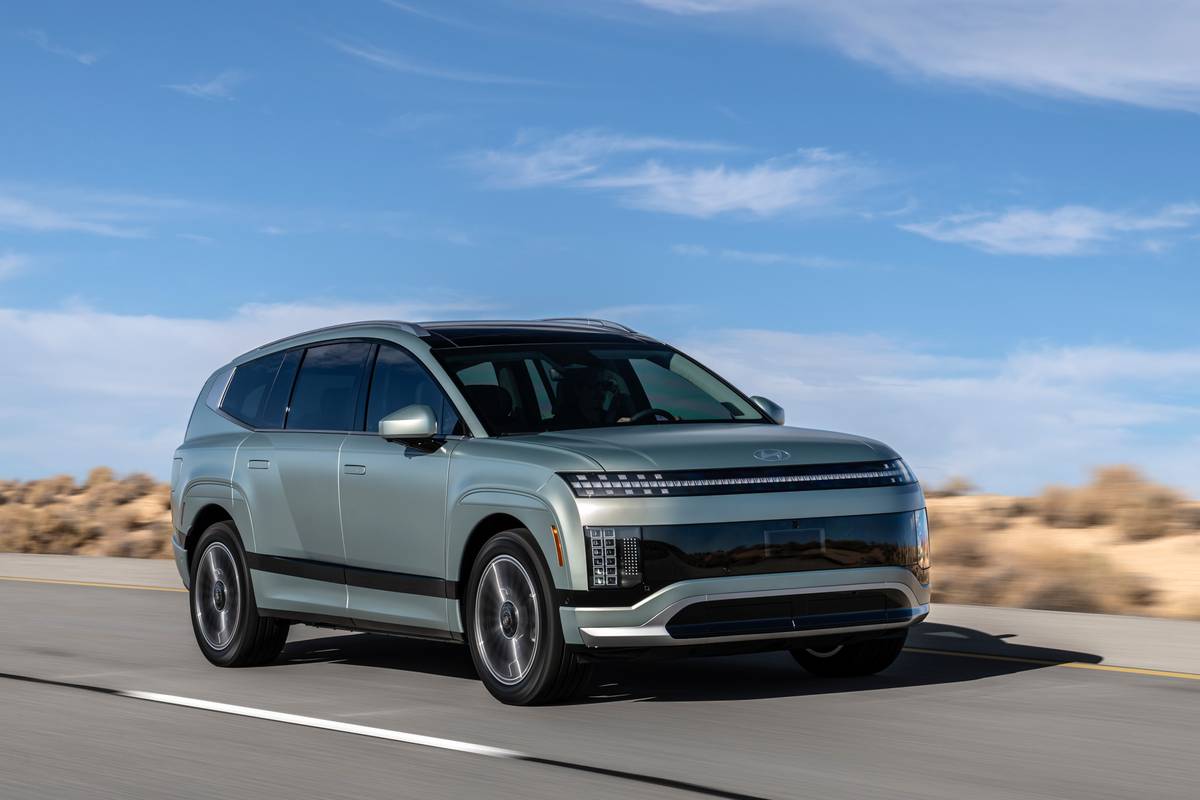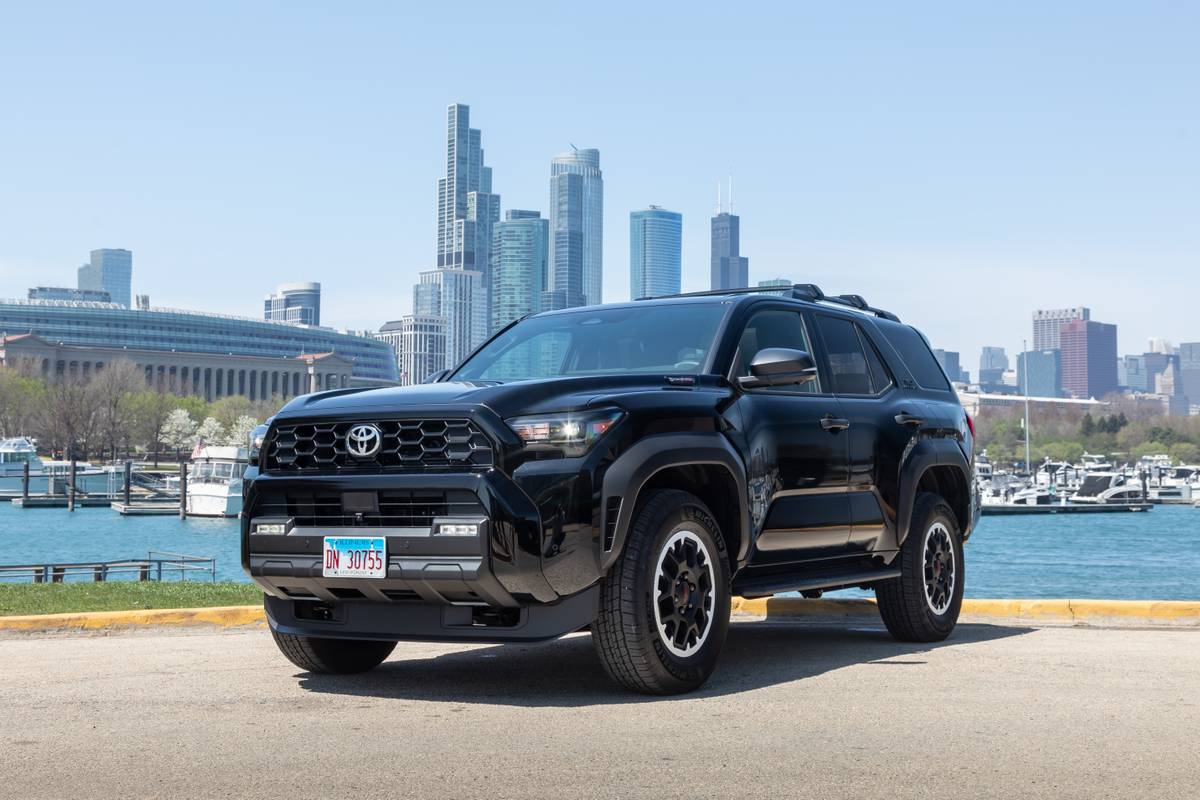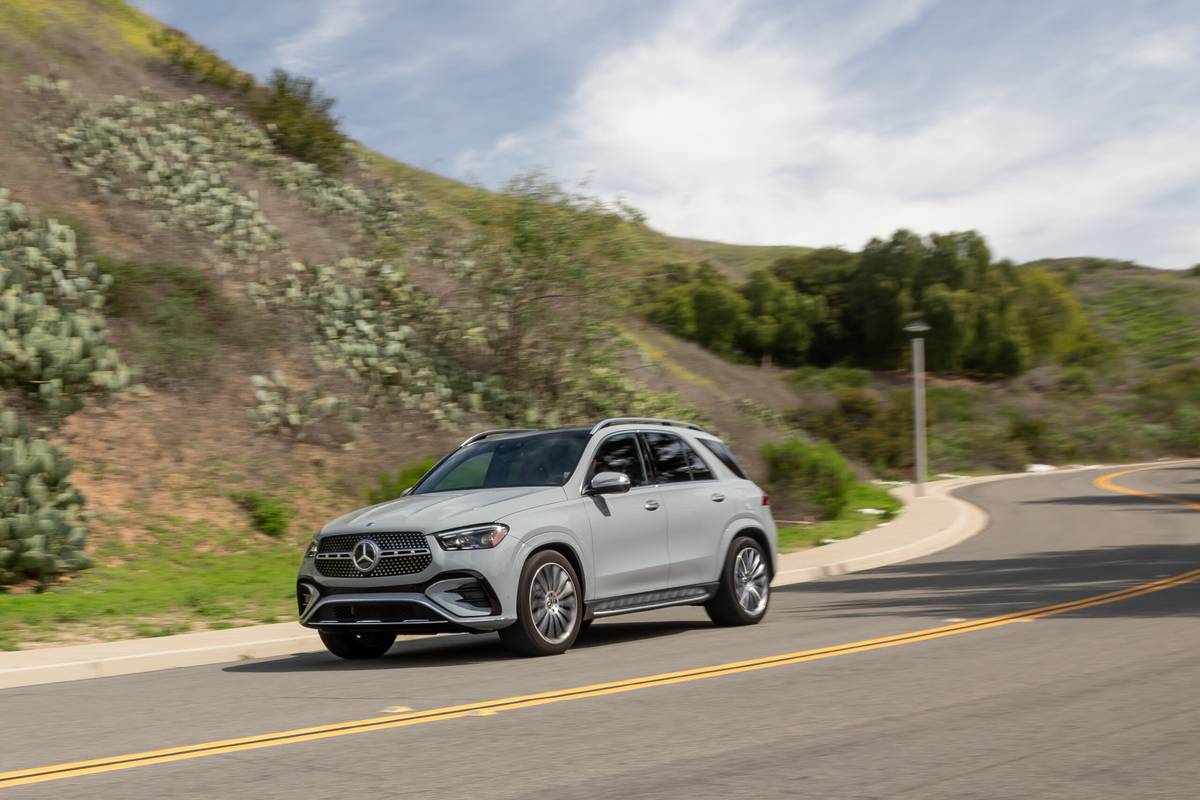Boston.com's view
“Didn’t you already have this car?” 12-year-old Jake asked after the 2001 BMW M Coupe had been parked in the driveway. Kids get spoiled when Dad drives a new car every week.
“What, no leather?” they have been known to complain about certain base models I test.
But no, I had not already had this car. Not exactly.
Sure, in April of 1999 I drove BMW’s new M Coupe. I wrote about how it fit into a revival of the sports car – coupes and roadsters – that, with Audi TTs and Nissan Zs, and Jaguars and Miatas and many others looming on the horizon, continues to engulf us more than two years later.
I called the M Coupe a “meld of modern technology and the old Italianate style of Gran Turismo sports car.”
Must have been wearing my high-brow, pontifical hat that day.
BMW gave us the M Roadster in 1998 and the M Coupe a year later and yes, these were aesthetically pleasing (though not to all) renditions of the sports car. They were quick, fast, and handled like they were placed on tracks. But the folks at BMW’s M Division, ceaseless tinkerers and fine tuners that they are, never let a good, or even great, idea stagnate.
That’s why the M Coupe I drove two years later is not the same car, by a long shot or, more precisely, by 75 horsepower. That’s how many more ponies – at 315 horsepower – the M Coupes (and Roadsters) have this year. I said in 1999 that driving the M Coupe was like taking a frisky puppy for a walk on a leash.
If that was the case, then driving the 2001 version is like taking out a trained team of sled dogs.
The increased power was achieved through a whole new engine. It’s still an inline six, but in this case, it’s all cast iron (stronger to withstand its own forces). The old engine was aluminum; today’s line of BMW inline-sixes is aluminum with cast iron cylinder liners. The latter would not work in the coupe without enlarging the engine compartment because those liners are matter – have weight, occupy space – and thus cut down on cylinder size. To accompany them and maintain the cylinder size would have meant a bigger engine. BMW’s solution was to make the block out of cast iron and, with no liners needed, it did not need to be a bigger engine externally.It’s still a DOHC, 24-valve engine, but it now has high-pressure, variable valve timing and six individual throttles. That’s where you find 75 horsepower.
The previous M Coupe was sneaky quick. This is a muscular rocket that announces itself from the first punch of the gas, the initial burble of the exhaust, and the firm and rumbling climb through all five gears of the manual transmission. The suspension has been tweaked to handle the extra power – power that will push it from 0 to 60 in 5 seconds and send it to an electronically limited top speed of 155 miles per hour.
While the old suspension was firm, this suspension is tight. The car sits flat, even in a four-wheel drift out of a sharp corner. Its fabulous leather bucket seats hold you shoulder to hip, hip to knees, as G-forces attempt to push you out of a turn.
That tuned suspension includes struts, arc-shaped lower arms, coil springs, twin-tube gas shock aborbers, and an antiroll bar up front, and, in the rear, semi-trailing arms, coil springs, twin gas shocks and antiroll bar.
In its first M Coupe and Roadster, BMW offered what was essentially a traction control system – a pretty basic unit that was good in straight ahead situations for monitoring wheel slippage and correcting using brakes and engine torque. The new M series cars have Dynamic Stability Control which, while using much the same system for straight ahead traction, also monitors how the car is handling in corners or emergency maneuvers.
Basically, it is a system that senses understeer (plowing) or oversteer (rear wheels trying to pass the front) and uses torque and brakes to get the car back on course.
The ride in the Coupe is firm, confident, and remarkably quiet, except for t welcome rumble from the rear as the exhaust burbles and changes notes with each shift up or down. In rapid acceleration, the car seems to sit you down in your seat rather than throw you back against it, as some muscle cars will do.
You still cannot fit a full-size golf bag in the rear compartment and, if two people are heading out on vacation, they had best pack light. But this car is not about hauling a crowd of people or even a lot of gear.
It is a car that is meant to be driven for fun, for the appreciation of fine engineering and awesome performance. People and gear? Send them ahead or leave them home.
2001 BMW M Coupe
Base price: $44,900
Price as tested: $46,135
Horsepower: 315
Torque: 251 lb.-ft.
Wheelbase: 96.8 inches
Overall length: 158.5 inches
Width: 68.5 inches
Height: 49.8 inches
Curb weight: 3,131 lbs.
Seating: 2 passengers
Fuel economy: 19.8 miles per gallon
Source: BMW of North America; fuel economy from Globe testing.
Nice touch: The awesome look of the car’s wide stance from the rear. Bulging fenders, fat tires, low ground clearance. Italianate (there’s that word again) as in Ferrari-esque.
Annoyance: The sunroof. It has no sliding cover with which to block out a high sun. BMW tells me an add-on option to fix this problem is in the works. And I still will not cut any slack on the tacky plastic bin between the seats. Come on folks, at $45,000 this is just plain cheap.
Latest news


10 Biggest News Stories of the Month: Toyota 4Runner Eases on Up, Hyundai Tucson Takes Up Space

